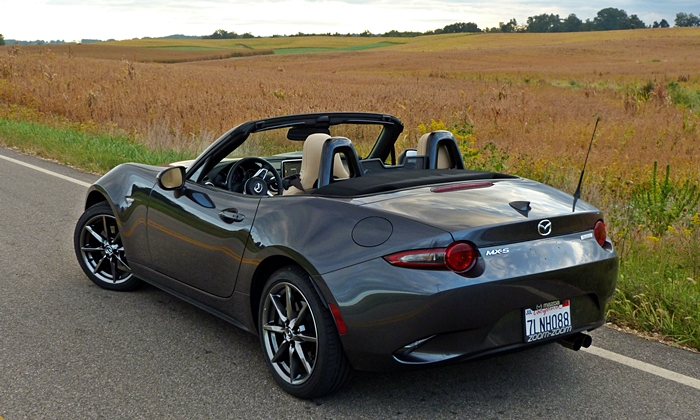
Do something four times a year for ten years, and you’ll have done it 40 times. Today’s update to TrueDelta’s car reliability stats, covering through the end of June 2016, is our 40th. I can’t believe it’s really been that many.
Car reliability has improved dramatically since we began. For some models (including the 2013 Toyota Tacoma) dozens of members have reported no repairs in the past year.
That said, it remains riskier to buy a “first year” model. We see this even with one of the most reliable makes, Honda. The glitchiest 2016s include the new Pilot and HR-V. The new Kia Sorento, proclaimed elsewhere as “the most reliable new car,” has also fared poorly in our survey. The difference: they conducted their survey back in April 2015, soon after the new Sorento first reached dealers. Owners hadn’t had the crossovers long enough for problems to appear. The entire year covered by our latest stats occurred after their survey.
An exception to the first-year drama: the new fourth-gen Mazda Miata has required hardly any reported repairs.
The solution if you care more about avoiding repairs than possessing the new new thing: wait a year (or at least until we have some stats). While the Porsche Macan has been among the glitchiest 2015s, its second model year has been nearly problem-free.
Interested in “more experienced” automobiles? Some 2006s have been about as reliable as the average new car. These include the first year of the third-gen Mazda Miata plus the Toyota Matrix, Pontiac Vibe, Honda Ridgeline, Honda CR-V, and–one not like the others–BMW Z4.
How did a BMW make the cut? Sports cars tend to fare well because many are only driven in good weather on good roads on the occasional weekend. (Yes, the Miata also benefits from this.)